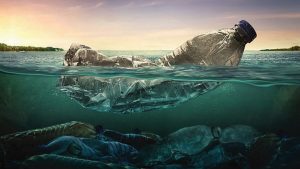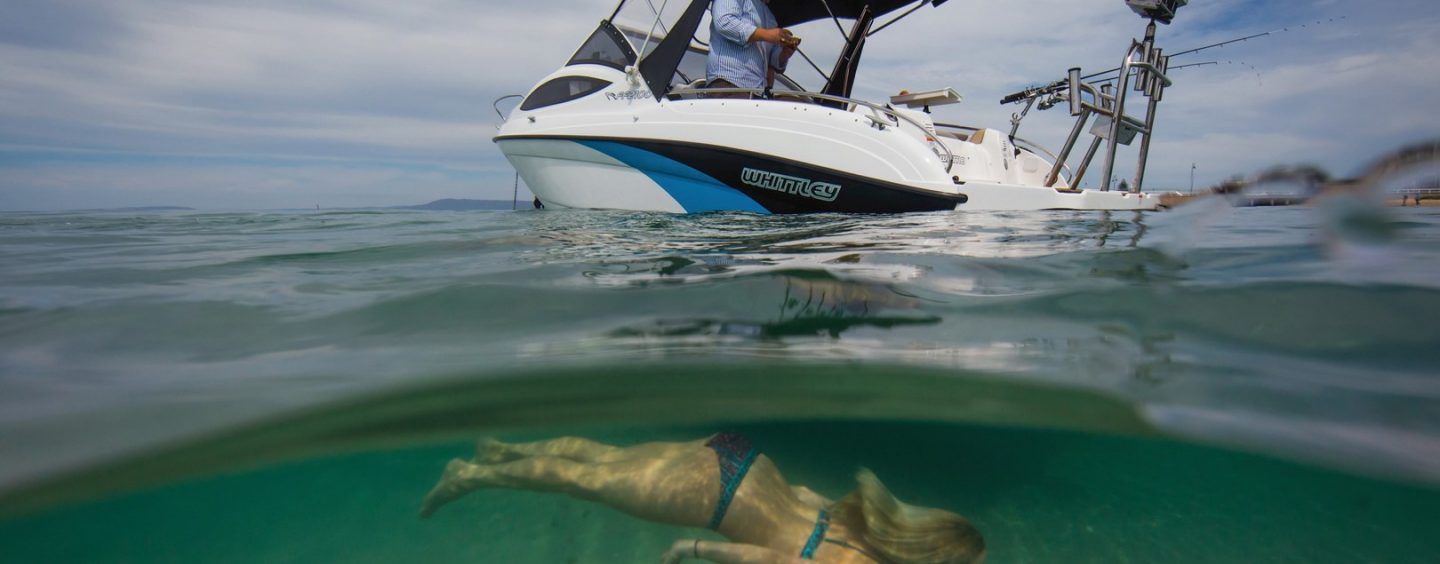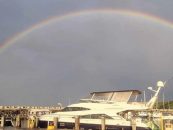 Our playground, the ocean, covers 71% of the planet and is home to endless ecosystems, which we rely heavily on for all facets of life. As vast and invincible as our oceans may seem, they are actually incredibly delicate and are constantly affected by the daily choices of humans. Whilst you may not single-handedly be able to save our oceans, every decision you make can have an impact for the better or the worse. Here is how you can make a positive impact on the place we all love most.
Our playground, the ocean, covers 71% of the planet and is home to endless ecosystems, which we rely heavily on for all facets of life. As vast and invincible as our oceans may seem, they are actually incredibly delicate and are constantly affected by the daily choices of humans. Whilst you may not single-handedly be able to save our oceans, every decision you make can have an impact for the better or the worse. Here is how you can make a positive impact on the place we all love most.
PLASTIC USE – No list would be complete without addressing plastics. Now before we get into measures that boaties can take, let’s bring up a few stomach-turning facts.
- Every day, around 8 million pieces of plastic make their way into the ocean, with an estimated 5.25 trillion macro and micro pieces of plastic in our oceans at present.
- The amount of plastic trash that flows into oceans every year is expected to nearly triple by 2040 to 29 million metric tons if no change is actioned.
- 1-in-3 fish caught for human consumption contain plastic, and 100% of muscles examined contain micro plastics
- Over 1 million seabirds and 100,000 marine mammals die from plastic pollution every year.
Now, what can you do as an individual that will have a lasting impact? Well, of course, reducing your own plastic consumption is a big one, particularly single use plastics such as take-out containers, water bottles and straws.
CHOOSE GREEN (OR GREENER) PRODUCTS – The products you use to clean your dishes, wash your hair, mop the floor with, and so forth all end up in our oceans. Therefore, being more selective with these products can have a positive effect. Choosing biodegradable products is always the most ideal, but is also not always possible. We have listed the most harmful ingredients to try avoid:
Oxybenzone and Octinoxate: Most commonly found in chemical sunscreens, but also in soaps and fragrances, these ingredients have a major impact on coral reefs and sea life. Try opting for mineral sunscreens instead or the ones labelled as reef-friendly.
Silicone/siloxane: Another harmful chemical with trailing impacts in our oceans, silicones are commonly ingested by sea life (and then also ourselves). The silicone exposure can evaporate the life expectancy of different organisms, plants and animals. Silicones are mostly found in beauty products such as makeup, moisturisers and skin care.
Phosphates: Generally found in our oceans as a bi-product of agriculture practices, phosphates are also found in a variety of cleaning products, particularly dish soaps and laundry detergents. The issue with phosphates in our waters is that they act as nutrients for algae, causing exponential growth. Subsequently, the ‘algal blooms’ deplete oxygen in the water creating zones where other aquatic plants or sea life cannot survive.
Phthalates: Commonly found in all-purpose cleaners, air fresheners and any other fragranced cleaning products, phthalates act as an endocrine-disruptor for sea life, resulting in reproduction and neurological issues. Triclosan: An antibacterial agent commonly found in toothpastes, deodorants, face and body products, it is also commonly found in hand and dishwashing soaps. When this ingredient enters the environment it has lethal effects on algae, plankton and sea life.
Nonylphenol Ethoxylate (NPE): NPEs are non-biodegradable and have been accumulating in our waterways. They are often found in all-purpose cleaners and degreasers as they act as a surfactant. In our oceans, NPEs have proven to create fertility issues for fish and are having a toxic effect on all sea life.
Note: Along with these products, try to avoid using wet wipes (which do not degrade like paper/tissues would), aerosol cans, bleach and ammonia products where possible!
EAT SUSTAINABLE SEAFOOD – Making more conscious decisions when choosing your seafood can have a very positive impact on oceans and those that inhabit it. Unsustainable fishing practices endanger species and their habitats, with more than 75% of seafood stocks fully fished or even over-fished. This leads to entire fish species becoming endangered along with many other animals that rely on certain sea life species to be affected. Adding to this, many coastal communities worldwide rely on fisheries for food and income.
A good guide to take a look at is GoodFish https://goodfish.org.au/ that gives seafood available in Australia a rating based on various attributes as outlined below.
Wild Fisheries: the stock status of target species, bycatch, byproduct and discard concerns, habitat and ecosystem impacts, effectiveness of management measures.
Farmed seafood: use of marine resources, risk to wildlife and wild fisheries, impacts on the natural environment.
POLITICAL IMPACT – Elect representatives whose values align with yours and who put weight on the preservation of our oceans and all the ecosystems within them.
Try to do your bit, be sure to enjoy our oceans! Explore as much as you can, invite friends and family, take that trip of a lifetime. Experience all the beauty our planet has to offer!
Published in print April-June 2022



























